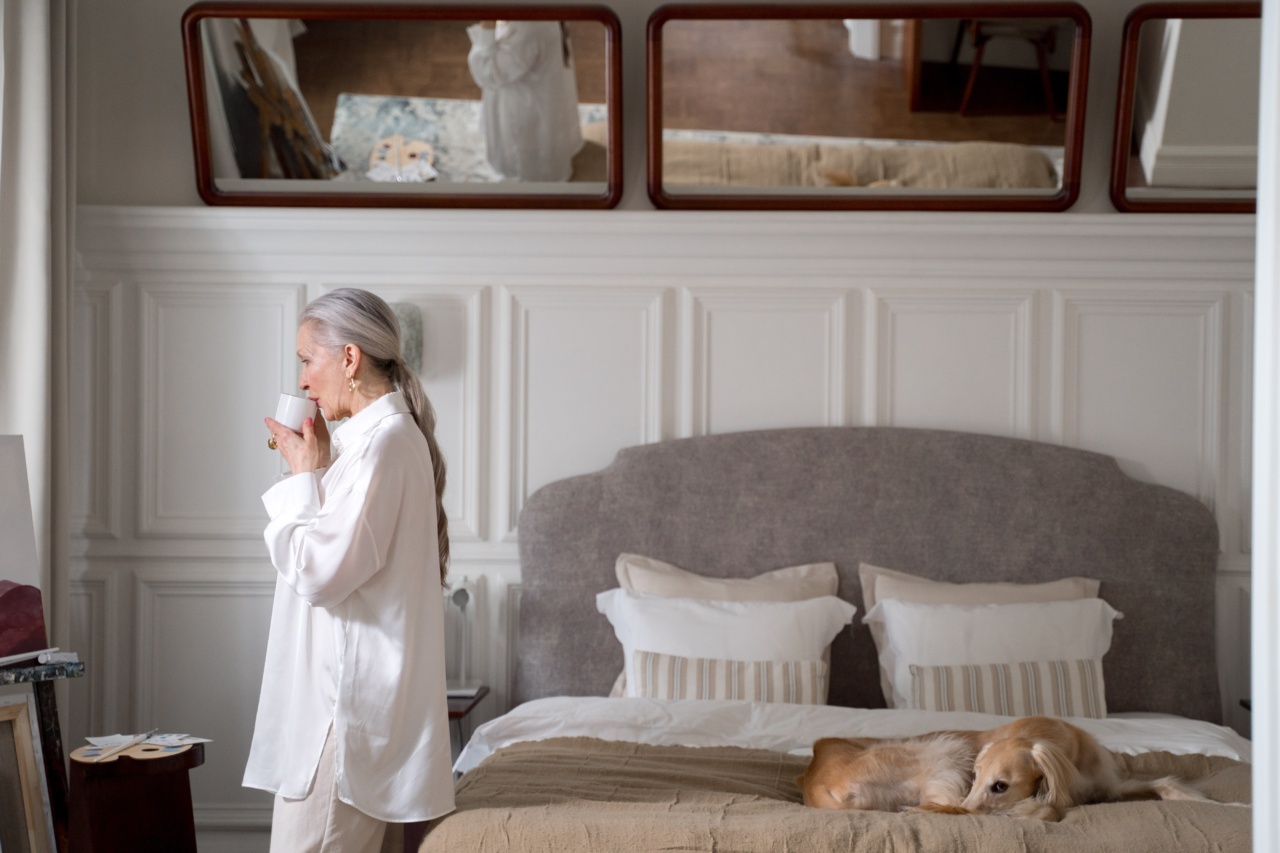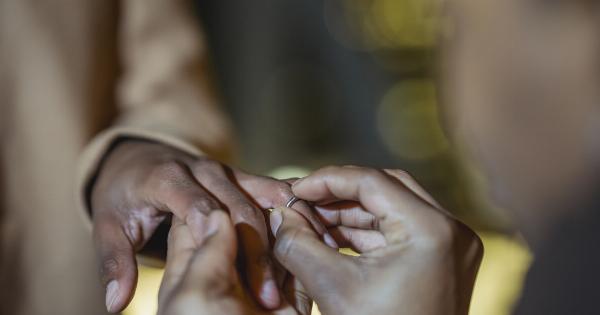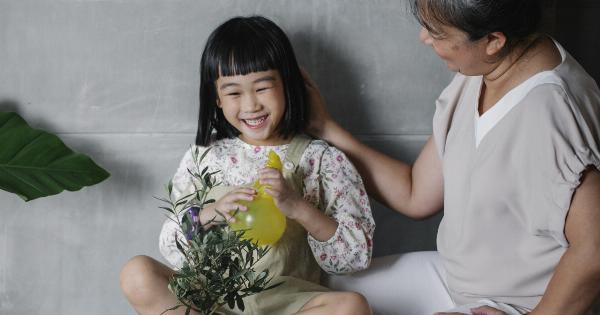Dogs can be a mystery sometimes, especially when they start to exhibit strange behavior. One such behavior is hair-raising, where a dog’s hair stands erect on its body.
This behavior can take you by surprise, but it’s important to understand what’s going on in your dog’s mind when it happens.
In this article, we’ll explore the reasons behind your dog’s hair-raising behavior and what you can do to address it.
What is hair-raising?
Hair-raising, scientifically known as piloerection, is the process by which the small muscles at the base of a dog’s hair follicles contract and cause the hairs to stand up.
This reaction is usually accompanied by other body language cues that indicate the dog is feeling threatened or fearful.
Some breeds may be more prone to hair-raising than others due to their genetic makeup, but all dogs can exhibit this behavior.
Why do dogs raise their hair?
There are several reasons why dogs may raise their hair, some of them being:.
1. Fear or anxiety
When a dog is afraid, nervous, or anxious, it may raise its hair as part of a defensive response to a perceived threat.
This is a primitive survival mechanism that goes back to their ancestors’ tactics for making themselves appear larger and more intimidating to predators or rivals. Some other indicators of fear include trembling, lowered ears, and a crouching posture.
2. Aggression
Aggression is another reason why dogs may raise their hair. In this case, the hair-raising serves to make the dog look more intimidating and threatening.
Dogs may exhibit this behavior when feeling territorial, possessive, or when challenged by other dogs or people. Other signs of aggression may include growling, barking, snarling, and showing teeth.
3. Excitement
Positive excitement can also cause a dog’s hair to raise. Playful behavior like chasing a ball or playing tug-of-war can be a trigger for some dogs.
This type of hair-raising is typically accompanied by a wagging tail, prancing, and an energetic demeanor.
4. Physical discomfort
Physical discomfort is another cause of hair-raising in dogs. Dogs with skin allergies or injuries may raise their hair as part of a physical response to the discomfort they are feeling.
In some cases, the hair-raising may be localized to a specific area of the body where the discomfort is located, such as a hot spot or irritation from a flea bite.
What can you do about hair-raising?
To address your dog’s hair-raising behavior, you need to identify the underlying cause first. Here are some tips:.
1. Observe your dog’s behavior
Pay attention to what’s happening around your dog when they start to raise their hair.
Do other dogs or people trigger the behavior? Is your dog in a new environment or around new objects or sounds? Understanding these triggers can help you avoid them or desensitize your dog to them over time.
2. Avoid punishment
Punishing your dog for hair-raising is not effective and may make the behavior worse. Punishment can increase your dog’s fear and anxiety, which may cause him to be more defensive or aggressive.
Instead, try to redirect your dog’s attention to something positive and rewarding, such as a treat or a toy.
3. Seek professional help
If your dog’s hair-raising behavior is tied to fear or aggression, it’s important to seek professional help.
A certified dog trainer or behaviorist can work with you and your dog to address the underlying issue and teach you techniques to manage your dog’s response. Medications may also be prescribed to help reduce anxiety and other related symptoms.
4. Address physical discomfort
If your dog’s hair-raising is due to physical discomfort, consult with your veterinarian. Your dog may require medication or topical ointments to address skin issues or parasites.
Keeping your dog clean and well-groomed can also help prevent hair-raising due to physical irritation.
The bottom line
Hair-raising is a natural behavior in dogs, and understanding the reasons behind it can help you address the underlying cause.
Whether your dog is anxious, fearful, or in pain, there are things you can do to help alleviate their discomfort and reduce their response. Remember to observe your dog’s behavior, avoid punishment, and seek professional help if necessary. With patience and consistency, you can help your dog feel confident and secure in any situation.





























